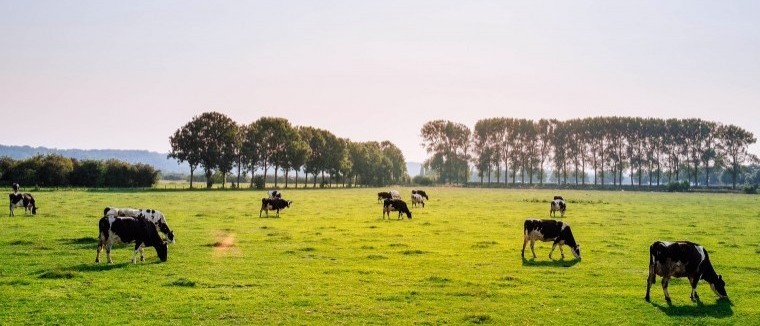Feeding carbon to soil microbes could pay dividends this spring – with resulting bumper forage crops allowing deficits caused by last summer’s drought to be cost effectively replenished.
George Hepburn, soil health expert at QLF Agronomy, explains that although for some producers the concept of carbon may be new, it plays a vital role in ensuring sward productivity is maximised.
“Carbon is the cornerstone of soil health. It’s what drives the soil system, feeding soil microbes which release nutrients for plant uptake, making the plant stronger and more resilient,” he says.
“Therefore, making sure your forage crops have sufficient carbon is key to maximising forage and ensuring optimum crop productivity.
“Some producers may be looking to get extra volume this season, by over-seeding mature leys or by growing short term catch crops. In this situation applying a carbon-based liquid fertiliser, such as L-CBF BOOST™, at planting or in the pre-growth stage can be extremely beneficial,” he says.
“The formulation of the product feeds the microbes in the soil, increasing the amount of nutrients which are made available to the plant. This reduces establishment time, getting swards back into production quicker as well as increasing yield.”
George explains the yield potential of other forage crops can also be increased through applications of carbon-based fertilisers.
“In recent trials we’ve seen a yield increase of up to 10% in forage maize and whole-crop cereals, where carbon-based fertilisers have been used,” he says.
“This means if you don’t want to replenish buffer stocks in your clamp you could reduce grass acres by 10% and grow more cereals, reducing bought in feeds, or giving the option to sell the surplus.”
Bronwen Pihlwret, QLF’s nutritional adviser, explains although increasing yield is important, improving the quality of the forage is also key.
“Trials have shown that by applying L-CBF BOOST™ to forage crops, such as lucerne, protein values increase by as much as 10%,” she says.
“It was also found that lignin content was reduced in these crops, providing an increase in the availability of digestible fibre for the cow,” adds Bronwen.
“Anything you can do to increase forage yield and quality this year will be essential to replace the stocks that have been depleted following last years late spring and hot summer,” she concludes.




